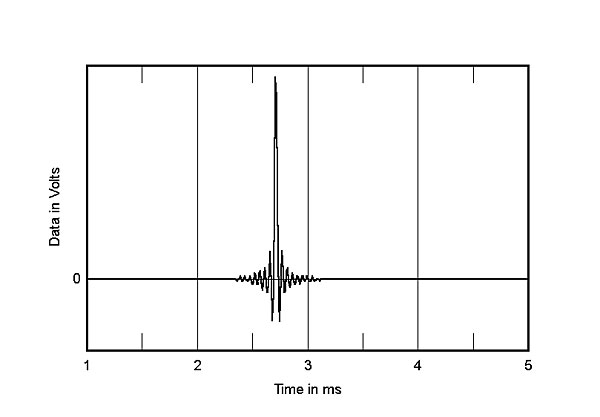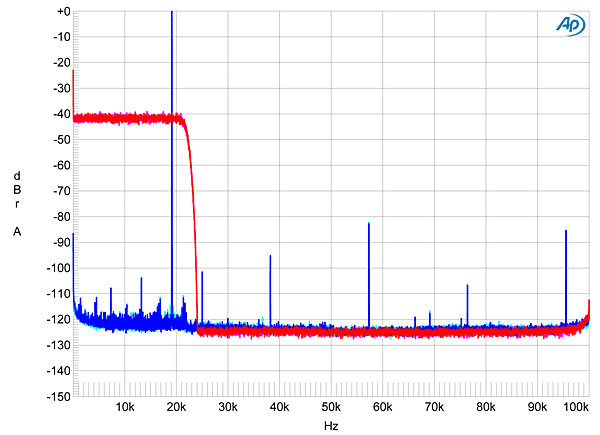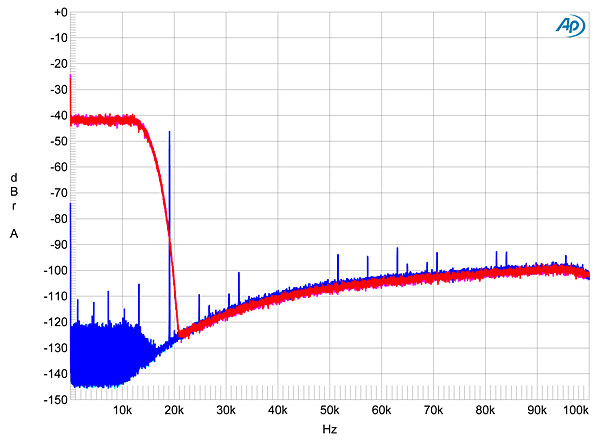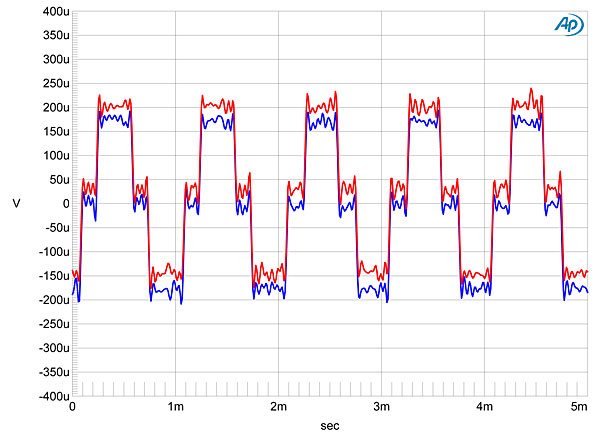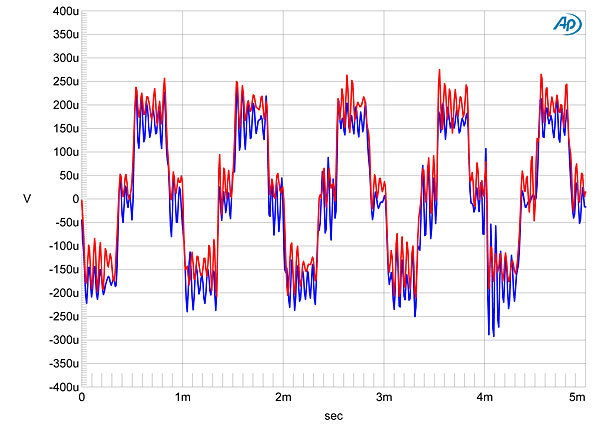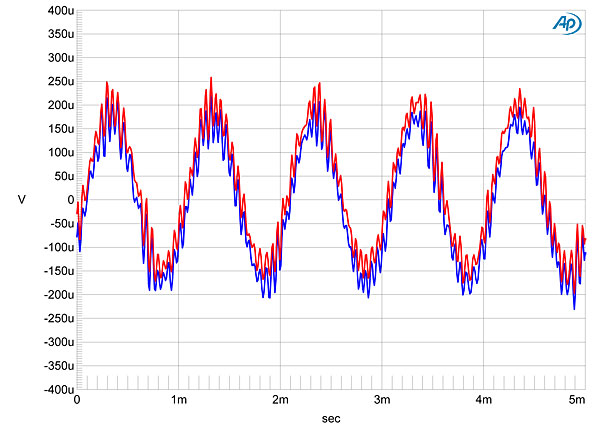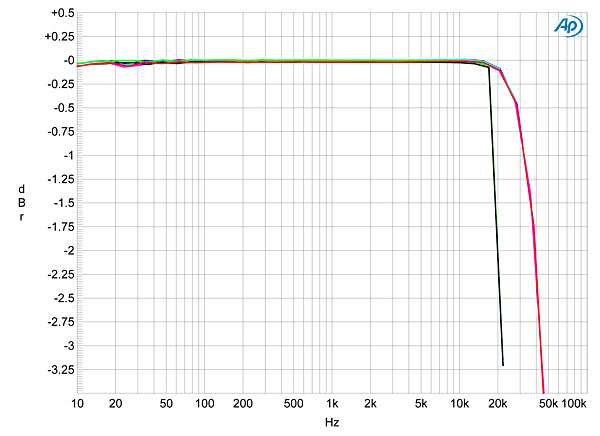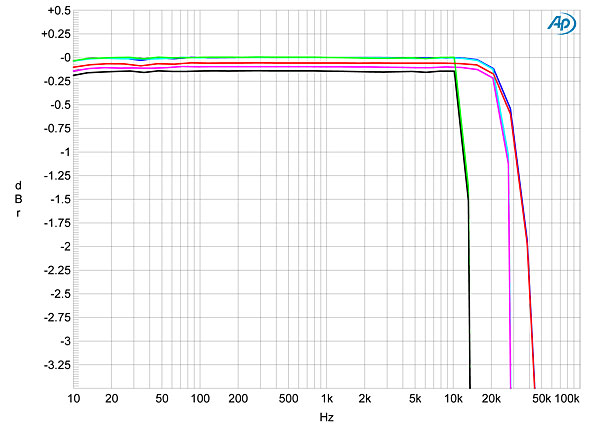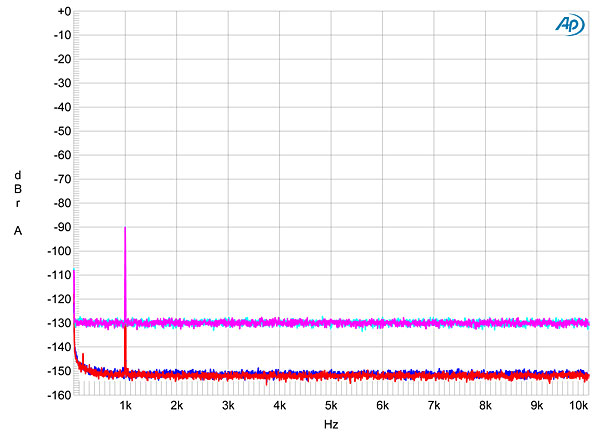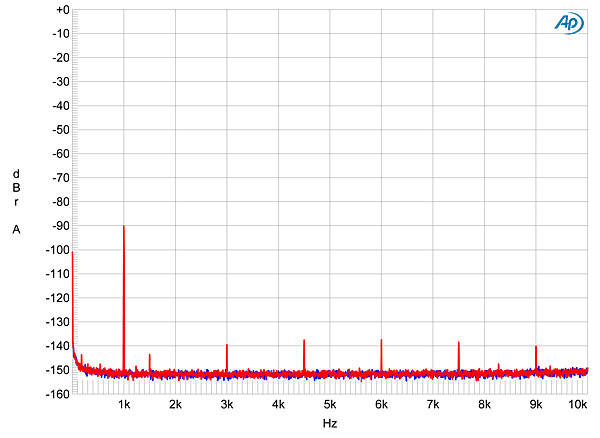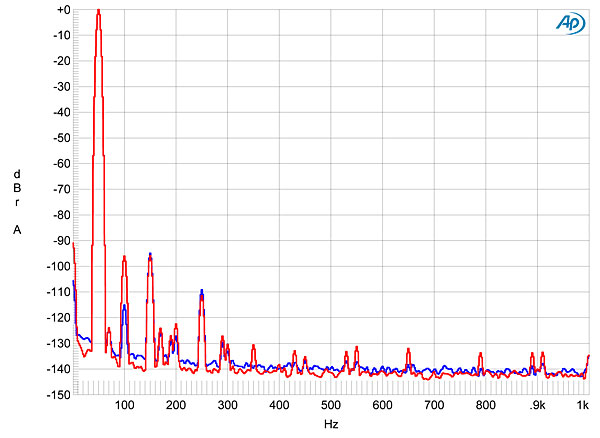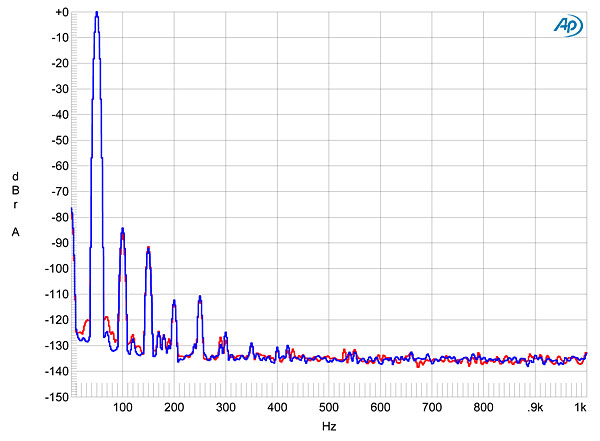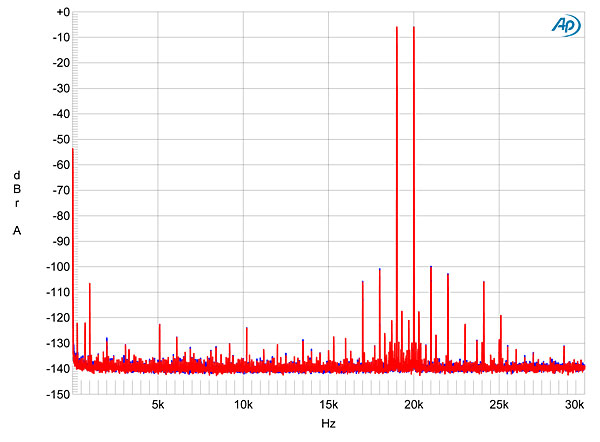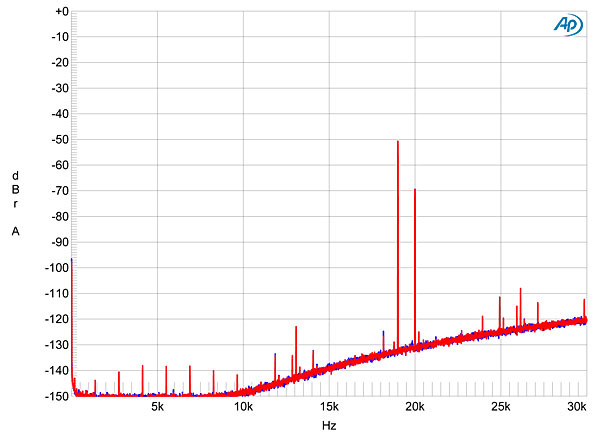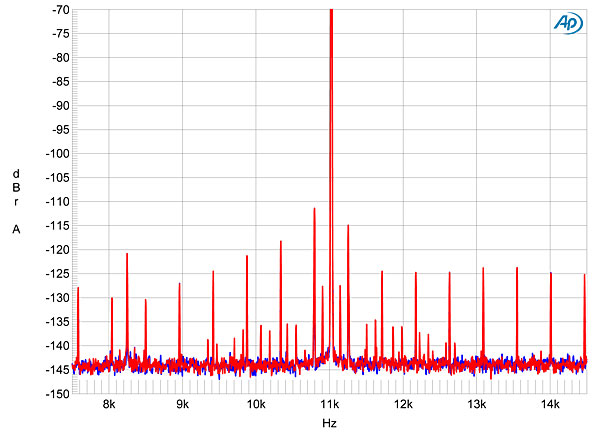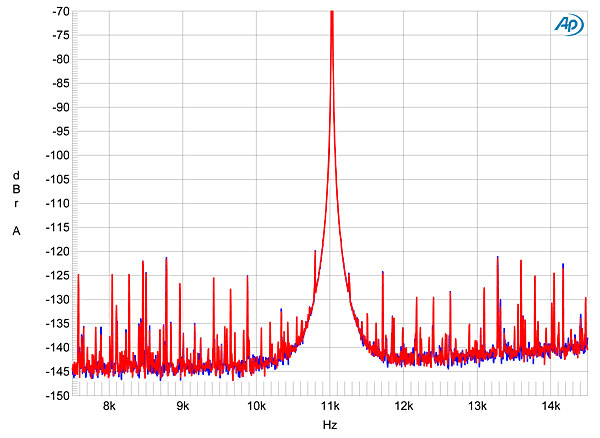| Columns Retired Columns & Blogs |
And in any case, I think it's great that you're reviewing these entries from ASUS (this, and the Xonar ST), though I'm surprised to find them releasing such an expensive and esoteric item—for a motherboard manufacturer at least. How good have dacs in the $700-$900 range gotten since the Lynx cards were a hot commodity? Any idea? (I'd try selling my Lynx for the Benchmark DAC2, but nobody wants a legacy PCI card these days.)
